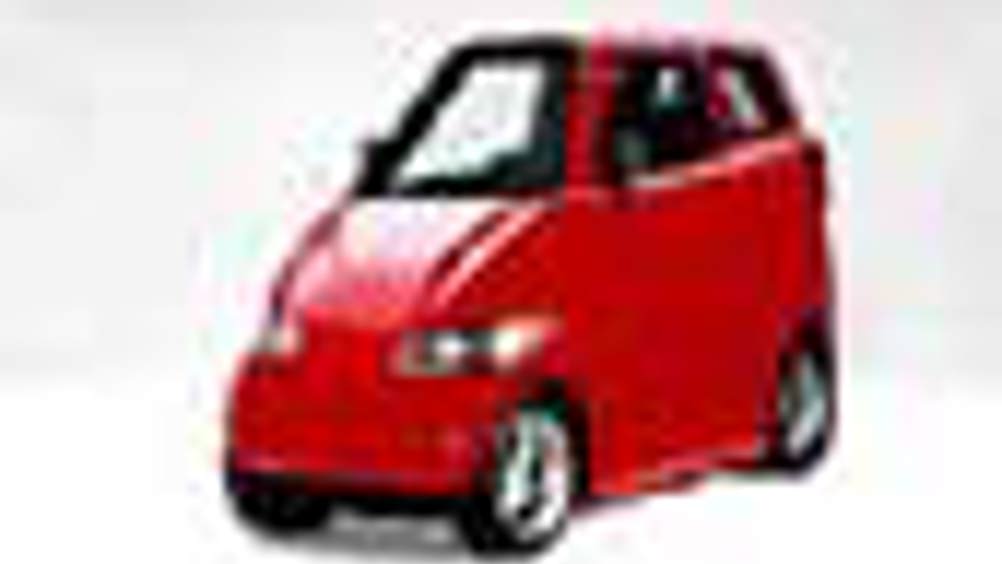Slimline tonic
'Narrow cars' have already attracted the attention of Hollywood celebrities. But some leading engineers believe they have a future in the wider market. Helen Knight reports.

Early next month film star George Clooney will take delivery of a new high-performance car with sporting pretensions. The $85,000 (£45,000) carbon-fibre two-seater is capable of doing 0-60 in four seconds, and has over 1,000ft-lb of torque at its disposal.
Clooney is believed to want to use the car, built by UK automotive technology and motorsport specialist Prodrive for US firm Commuter Cars, for daily trips between his home and the set of his latest movie.
But surely there's nothing particularly unusual in a Hollywood star buying a sports car? Indeed, a cursory glance at the particulars of Clooney's new vehicle, the Tango, suggests that it wouldn't be out of place alongside the Porsches and Ferraris in any A-list celebrity's garage.
But surprisingly for such a high-performance car, the Tango is an electric vehicle. And more surprisingly still, it is just 2.6m long and 1m wide, narrow enough to take up half the width of a normal driving lane. A Smart car is 1.5m wide.
Register now to continue reading
Thanks for visiting The Engineer. You’ve now reached your monthly limit of premium content. Register for free to unlock unlimited access to all of our premium content, as well as the latest technology news, industry opinion and special reports.
Benefits of registering
-
In-depth insights and coverage of key emerging trends
-
Unrestricted access to special reports throughout the year
-
Daily technology news delivered straight to your inbox










Water Sector Talent Exodus Could Cripple The Sector
Maybe if things are essential for the running of a country and we want to pay a fair price we should be running these utilities on a not for profit...